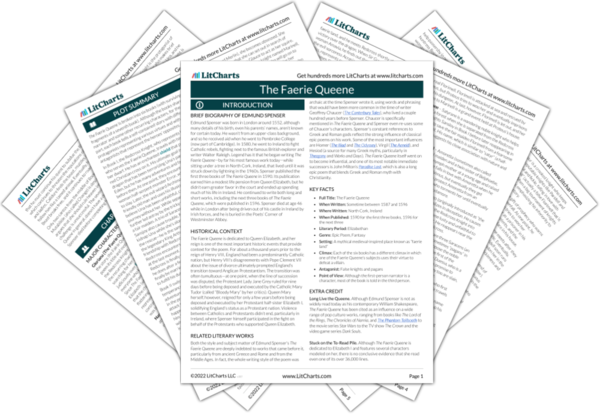While the previous section established that Mirabella was too proud, arguably the punishment that Cupid proposes for her is too harsh, since she could never have loved so many men and it is therefore unfair to blame her for their deaths. Despite being a god, Cupid has already been established in the story as a mischievous figure who doesn’t always act morally.
